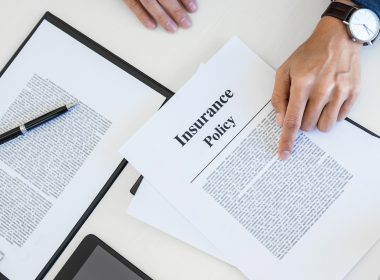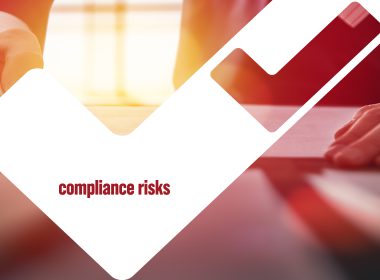Snapshot
- Solicitors are increasingly considering employment as ‘consultants’.
- However this title is not actually recognised under the Legal Profession Uniform Law.
- This article, and the related article from Lawcover below, explain the relevant practising certificate and professional indemnity insurance considerations.
With solicitors increasingly exploring different and more flexible ways of working, we have seen a growth in ‘consultant’ or independent contractor arrangements. It is important that solicitors considering these types of arrangement understand and operate in accordance with the Legal Profession Uniform Law (NSW) (‘Uniform Law’).
Even though the titles ‘consultant’ or ‘consultant solicitor’ are used by some solicitors in NSW, the Uniform Law neither includes ‘consultant’ nor ‘consultant solicitor’ as a practising certificate (‘PC’) category. Section 47 of the Uniform Law empowers the Council of the Law Society (‘Council’) to issue practising certificates to those Australian lawyers who have a principal place of practice in NSW. A PC that entitles a person to engage in private legal practice is subject to conditions, both statutory and discretionary. The only private practice practising certificates that the Council is empowered to issue are: (a) as a principal of a law practice; or (b) as an employee of a law practice.
Nonetheless, the Law Society’s Regulatory Compliance Support Unit (‘RCSU’) frequently receives enquiries from practitioners about the regulatory requirements for practising as a ‘consultant’ of a law practice. Practitioners are often surprised to learn that: (i) the Uniform Law does not authorise the Council to issue a PC subject to a condition that ‘the holder is authorised to practise as a consultant of a law practice’; and (ii) the term ‘consultant’ is not defined in the Uniform Law.



